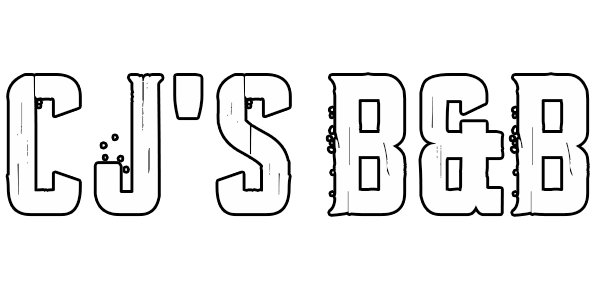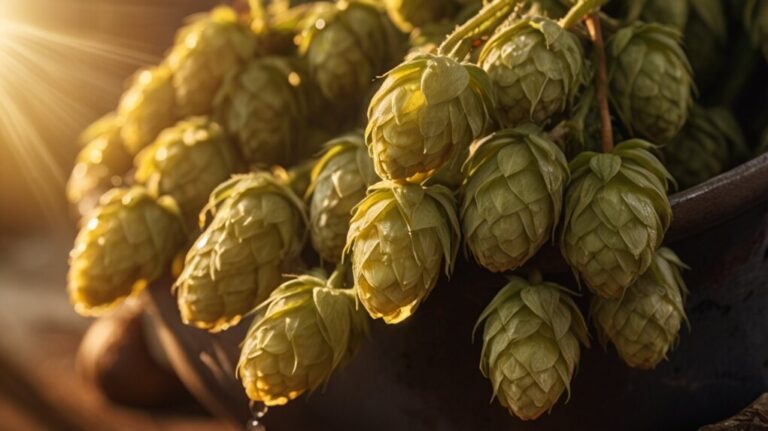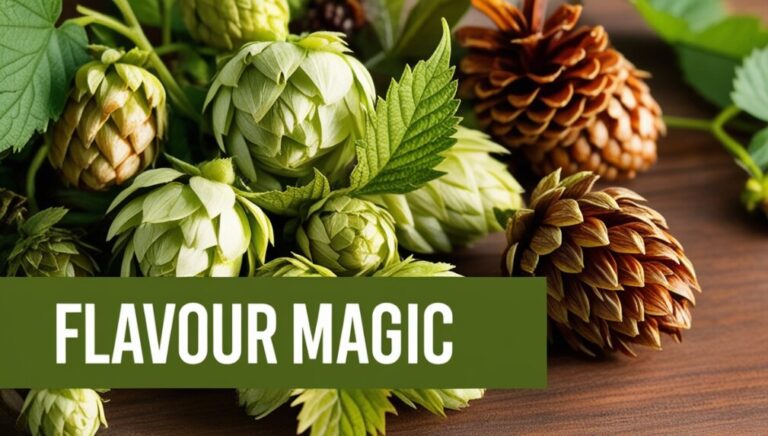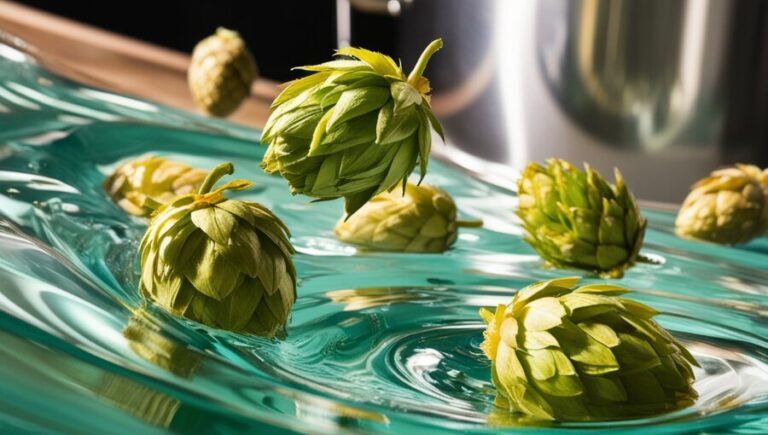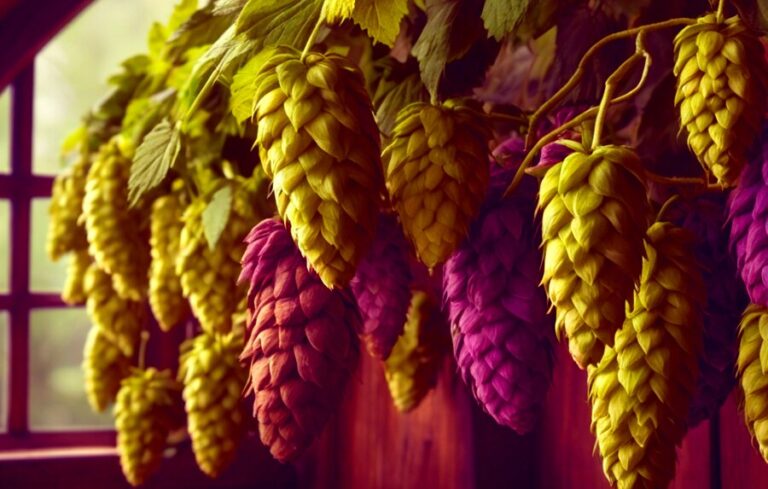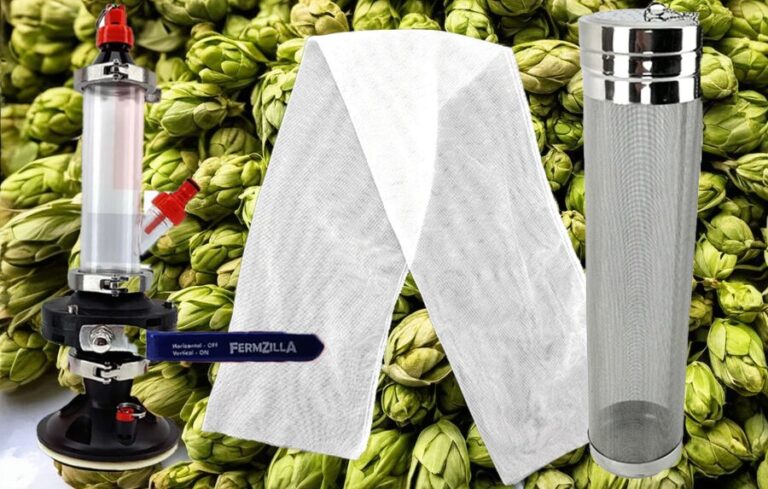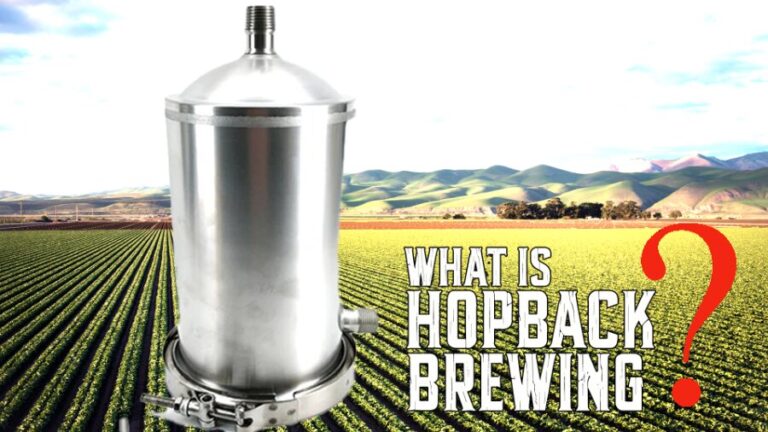Our evaluations and product assessments are conducted using a thorough and unbiased approach. Should you choose to buy any items through our provided links, we might receive a commission Read our disclosures.
Boosting Homebrew Aromas
Why Maximizing Aroma in Homebrew Matters
When I started homebrewing, I quickly learned that the smell of a beer is just as important as its taste. The aroma can bring back memories, set the vibe, and even trick my brain into thinking the beer tastes better. Hops are the main players here, adding floral, fruity, and citrusy scents that define different beer styles. The magic comes from compounds in hops like prenyl-flavonoids, beta acids, sesquiterpenes, monoterpenes, and thiols. These can make my homebrew smell amazing.
A good aroma makes the beer-drinking experience more enjoyable. Knowing this helps me focus on the right techniques and ingredients to make my homebrew smell fantastic.
What Affects Beer Aroma?
Several things can change how a beer smells. Knowing these can help me get the scent I want. Here are some key points:
| Factor | Description |
|---|---|
| Hop Variety | Different hops bring different smells. For example, Nelson Sauvin hops give off strong fruity and herbal scents, like passionfruit and mango (Oast House Oils). |
| Hopping Techniques | Methods like dry hopping, whirlpool hopping, and hop bursting can boost aroma without making the beer too bitter (dry hopping methods). |
| Timing of Additions | Adding hops at different times, like during the boil or at flame-out, changes the aroma. Hops added at the end or during dry hopping are great for keeping those aromatic compounds intact (hop additions for aroma). |
| Fermentation Process | Fermentation changes aroma compounds, affecting the final smell of the beer. |
By understanding these factors, I can choose the right hops and techniques to make my homebrew smell amazing. Each step in brewing is a chance to improve the sensory experience, making the effort worth it. For more tips on flavour, I can check out homebrew flavor enhancers and advanced hopping techniques.
Advanced Hopping Techniques
When it comes to getting that perfect aroma in your homebrew, a few advanced hopping techniques can make all the difference. These methods can really boost the aromatic profile of your beer, making your brewing experience way more enjoyable.
Proper Yeast Pitching
One big secret to nailing those flavours and aromas in your homebrew is proper yeast pitching. If you underpitch, you might end up with some funky off-flavours like diacetyl and acetaldehyde. For example, a hefty IPA might need around 400 billion yeast cells for a solid fermentation. I always make sure to pitch the right amount of healthy yeast and give the wort plenty of air for the best results.
Here’s a handy table for yeast pitching amounts based on batch size:
| Batch Size (Gallons) | Yeast Cells Needed (Billion) |
|---|---|
| 1 | 20 – 30 |
| 5 | 100 – 150 |
| 10 | 200 – 300 |
| 15 | 300 – 400 |
Water Treatment for Optimal Aroma
Water quality is a game-changer for aroma in your brews. Since beer is mostly water, starting with good-tasting tap water is a must. But sometimes, you need to tweak the mineral content and alkalinity with salts to get the water profile just right. Properly treated water can really bring out those hop aromas and overall flavour.
Here’s a table that breaks down common water minerals and their effects:
| Mineral | Effect on Aroma/Flavour |
|---|---|
| Calcium | Boosts malt sweetness and hop bitterness |
| Sulfate | Adds hop bitterness and dryness |
| Chloride | Enhances malt sweetness and fullness |
Impact of Oxidation on Aroma
Oxidation can be a real buzzkill for your beer. It can make your beer taste stale and kill those delicate aromas. Big breweries go to great lengths to keep oxygen out, and I try to do the same. Using closed transfers during the cold side process helps keep oxidation at bay and preserves the beer’s flavours and aromas.
Check out this table to see how oxidation affects your beer:
| Oxidation Level | Aroma/Flavour Effects |
|---|---|
| None | Fresh, vibrant hop aromas |
| Low | Slightly muted hop aromas, no off-flavours |
| Moderate | Stale, cardboard-like flavours |
| High | Pronounced off-flavours, loss of aroma |
By mastering these advanced hopping techniques, you can seriously up your homebrew game. For more tips on making your brews even better, check out dry hopping methods and homebrew flavor enhancers.
Pump Up Your Brew’s Aroma with Dry Hopping
Dry hopping is hands down my go-to trick for making my homebrew smell amazing. This method lets me pack my beer with those fresh hop aromas without turning it into a bitter mess.
Why Dry Hopping Rocks
Here’s why I swear by dry hopping:
Aroma Explosion: Tossing hops into the fermenter after the main fermentation keeps those delicate oils intact. This means my beer smells like a hop garden in full bloom.
No Extra Bitterness: Dry hopping cranks up the aroma without making the beer too bitter. It’s all about getting that perfect flavour balance.
Cool New Flavours: When I dry hop while the yeast is still doing its thing, it creates new and exciting flavours. Timing and the amount of hops are key to nailing this.
How to Nail Dry Hopping
Here’s what works for me when it comes to dry hopping:
| Technique | What It Does |
|---|---|
| Pellet Hops | These little guys are better than whole cones for extracting aroma. They give you almost 50% more linalool, which boosts the smell (Scott Janish). |
| Timing | Adding hops during active fermentation can lead to better biotransformation and aroma enhancement. |
| Amount | I usually go with 1 to 2 ounces of hops per 5 gallons of beer. It’s just the right amount to get a great aroma without overpowering the brew. |
Maximizing Aroma in Homebrew – Dry Hopping Tips and Traps
To get the most out of dry hopping, here’s what I do and avoid:
| Dos | Don’ts |
|---|---|
| Do use fresh hops for the best aroma. | Don’t dry hop too early, as it can reduce hop aroma. |
| Do try different hop varieties like Citra, Mosaic, and Simcoe for a range of aromas. | Don’t go overboard with the hops, or you’ll end up with overpowering flavours. |
| Do keep an eye on fermentation temperatures to keep those aromas locked in. | Don’t forget to sanitize everything to avoid contamination. |
By following these tips and avoiding the traps, I can make my homebrew smell incredible and taste even better. For more tips, check out our articles on dry hopping methods and advanced hopping techniques.

Pump Up Your Homebrew Aroma with Late Hop Additions
Want your homebrew to smell like a hop garden? Late hop additions are your secret weapon. This trick not only cranks up the aroma but also gives your beer a killer flavour without turning it into a bitter bomb.
How to Nail Late Hopping
Late hopping means tossing in hops during the last 10-15 minutes of the boil. I also like to add some during whirlpooling. This way, the oils that make your beer smell amazing stick around, giving your brew a big hop punch. Homebrew Happy Hour swears by this method to get max aroma without piling on the bitterness.
| When You Add Hops | Aroma Boost | Bitterness Bump |
|---|---|---|
| Last 10-15 Minutes | High | Low |
| Whirlpool | High | None |
Maximizing Aroma in Homebrew – Getting That Perfect Aroma
A balanced aroma makes your beer a joy to drink. I pick hop varieties that match the beer style I’m going for. Low alpha acid hops are my go-to for late additions. They add more flavour and aroma than bitterness, which is exactly what you want.
For example, hops like Hallertau or Saaz give you those nice floral and herbal notes without the bitterness overload. Pair this with techniques like hop bursting in homebrewing, and you’ve got a brew that smells as good as it tastes.
The Magic of Biotransformation
Biotransformation sounds fancy, but it’s just what happens when yeast and hop compounds mix during fermentation. Adding hops late in the boil sets the stage for this magic. The yeast turns some hop oils into new compounds, adding extra layers of aroma and flavour.
Knowing this has helped me make beers that get more interesting as they ferment. By using hops known for their biotransformation potential, I can brew beers with vibrant citrus or tropical fruit notes that keep developing.
For more hop tricks, check out my articles on dry hopping methods and advanced hopping techniques. These tips have seriously upped my brewing game, letting me pack my homebrew with amazing aroma.
Discovering Unique Hop Varieties
When I first started brewing, I quickly realized that picking the right hops is like choosing the perfect spice for a dish. Each hop variety brings its own flair, making your beer stand out with unique aromas and flavours.
Nelson Sauvin Hops
One hop that always catches my attention is Nelson Sauvin. This hop is a rockstar in the brewing world, known for its bold fruity and herbal notes. Imagine sipping a beer and tasting hints of passionfruit, mango, grapefruit, and even gooseberry. That’s Nelson Sauvin for you. No wonder craft brewers love it for its aromatic punch.
When I use Nelson Sauvin, I prefer dry hopping. This way, I get all those amazing aromas without adding too much bitterness. It’s like capturing the hop’s soul in a bottle.
Hop Aromas and Flavours
Hops are the magic beans of beer, adding those floral, fruity, and citrusy notes we all love. They contain compounds like prenyl-flavonoids, beta acids, sesquiterpenes, monoterpenes, and thiols, which give each hop its unique aroma and flavour (Oast House Oils).
Here’s a quick look at some popular hops and their flavour profiles:
| Hop Variety | Aromas/Flavours |
|---|---|
| Nelson Sauvin | Passionfruit, mango, grapefruit, gooseberry |
| Citra | Citrus, tropical fruits |
| Mosaic | Stone fruits, blueberry, tropical aroma |
| Simcoe | Pine, earthiness, citrus |
| Amarillo | Orange, tropical, floral |
This variety lets me mix and match to create beers with unique personalities.
Maximizing Aroma in Homebrew – Picking Hops for Aroma
Choosing hops for aroma is like picking the right soundtrack for a movie. It sets the mood. If I’m brewing a fruity IPA, Citra or Mosaic are my go-tos. For something more herbal or earthy, Nelson Sauvin or Simcoe fit the bill.
Timing is everything. Adding hops at the end of the boil, during whirlpooling, or through dry hopping can make a huge difference in the final aroma. These hops undergo biotransformation during fermentation, which can enhance their flavours even more (Quora).
Experimenting with different hops and techniques lets me craft beers that not only taste amazing but also smell incredible. For more tips on hopping, check out our articles on dry hopping methods and hop additions for aroma.
Aroma Prediction and Experience
Smelling and Predicting Aromas
One of the best parts of homebrewing? Predicting the aromas different hops will bring to your beer. When I crack open a fresh package of hops, that first whiff is like a sneak peek into the flavours and aromas that will shine in the final brew. Hops added at the end of the boil, at flame-out, or during dry hopping can really shape the beer’s character.
| Hop Type | Aroma Profile |
|---|---|
| Cascade | Floral, Citrus |
| Citra | Tropical, Citrus |
| Simcoe | Pine, Earthy |
| Nelson Sauvin | Fruity, Wine-like |
Getting to know specific hop strains is a must. I usually dive into online resources to learn about their qualities and traditional uses. This background knowledge, paired with the sensory experience of smelling or even tasting a hop pellet, helps me understand how each hop will contribute to my brew’s aroma.
Researching Hop Qualities
Research is my secret weapon in brewing. Each hop variety has its own unique traits that affect both aroma and flavour. I spend a lot of time reading about different hop strains and their traditional roles in brewing. This helps me make smart choices about which hops to use in my recipes.
I also learn a ton from drinking beers made with various hops. By noting the aromas and flavours in these beers, I can better predict how certain hops will behave in my brews. Brewing is a lot like cooking; just as a chef learns to predict a dish’s outcome by smelling raw ingredients, I can anticipate the aromas and flavours my chosen hops will add to my beer (Quora).
Enhancing Brewing Expertise
Getting good at predicting aromas and flavours takes practice. I often experiment with different hops, paying close attention to their aromas and how they evolve during brewing. The more I brew, the better I get at recognizing the subtle differences in hop characteristics and how they translate into my final product.
For those looking to up their hop game, I recommend trying different dry hopping methods or exploring whirlpool hopping techniques. These methods help me maximize aroma in my homebrew, making each batch unique. I also keep an eye out for hop varieties for flavor to experiment with new combinations that can elevate my brewing game.
By mixing research, sensory experiences, and hands-on experimentation, I keep improving my brewing skills. This journey not only makes me a better brewer but also makes the process more fun as I craft aromatic perfection in my homebrew.

